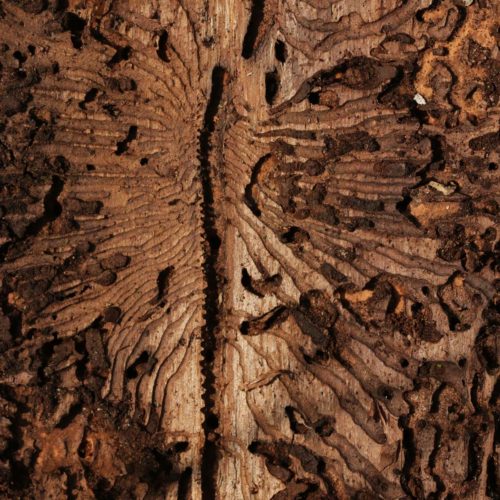In Belgium and, generally speaking, in North-Western Europe, climate change is impacting the health of forests and the way they function. The succession of hot and/or dry summers (the droughts of 2018, 2019 and 2020 were particularly severe) is making trees vulnerable and numerous species are now in difficulty. In fact, health problems can be observed across most of the major species.
Spruce trees have been weakened by dry weather and are more susceptible to bark beetle, which themselves benefit from a longer warm season. Beech trees are experiencing significant dieback, while ash is being attacked by chalarosis, a fungus that decimates entire populations of trees. And even the sturdy oak (especially pedunculate oak) is beginning to display signs of weakness. Over the coming decades, we can expect long-term changes to the climate to occur (hotter, drier summers, milder and damper winters), as well as an increase in extreme weather events (droughts, heatwaves, storms, etc.).
Our forests are relatively undiversified and are therefore less able to withstand these attacks. Which makes it important for use to adjust our forestry practices to make our woodland stronger in the face of these health and climate threats.

What can the forester do?
A list of recommendations has been issued by a panel of experts in “Climate change and its impact on forests in Wallonia”, aimed at making forests more resilient and better able to cope with climate change, in particular by:
Adapting species strictly to their location and forestry practices to particular species (dynamic forestry)
Ensuring good soil structure by using appropriate operating techniques
Keeping the populations of wild game balanced with the ability of the forest to accommodate them
Diversifying species and maximising genetic diversity
Encouraging the assisted migration of species from southern origins








